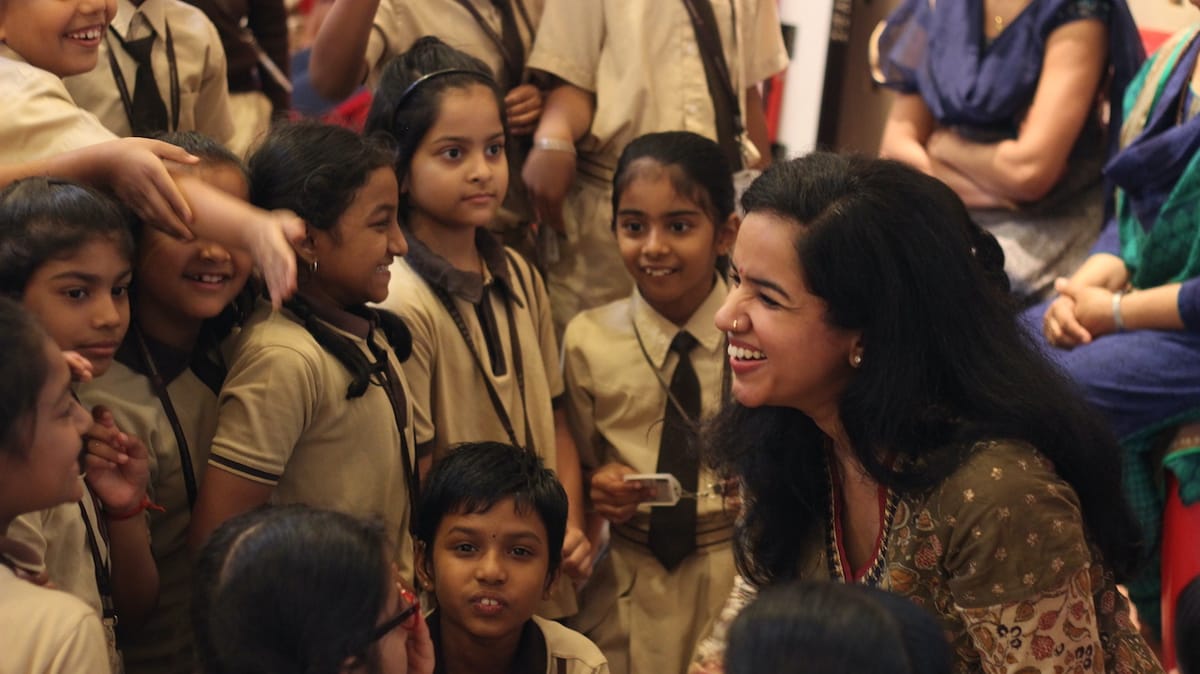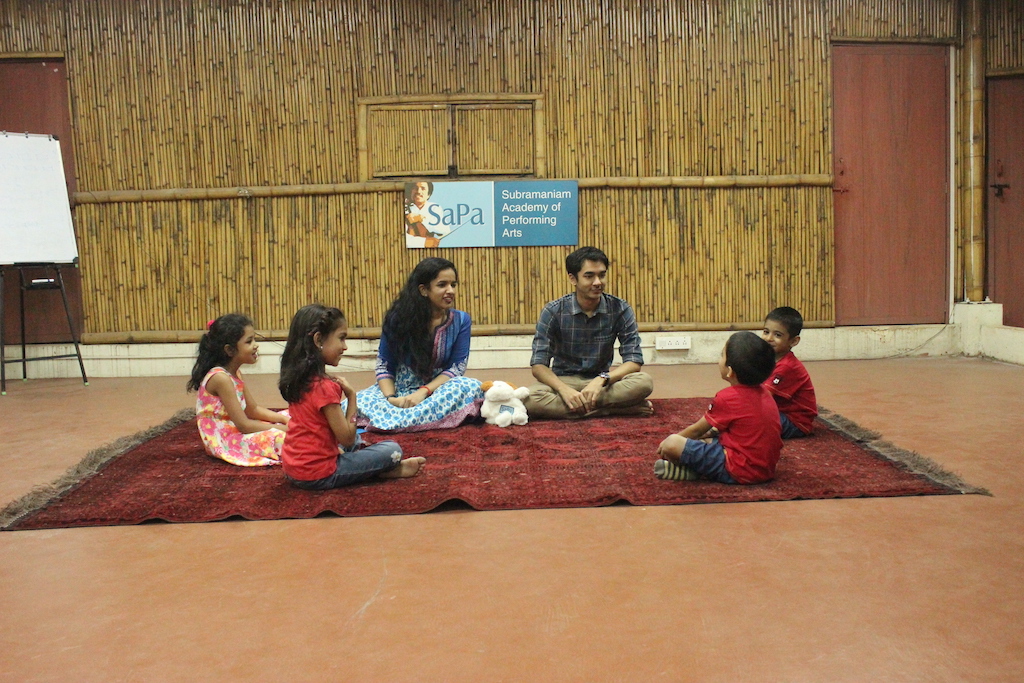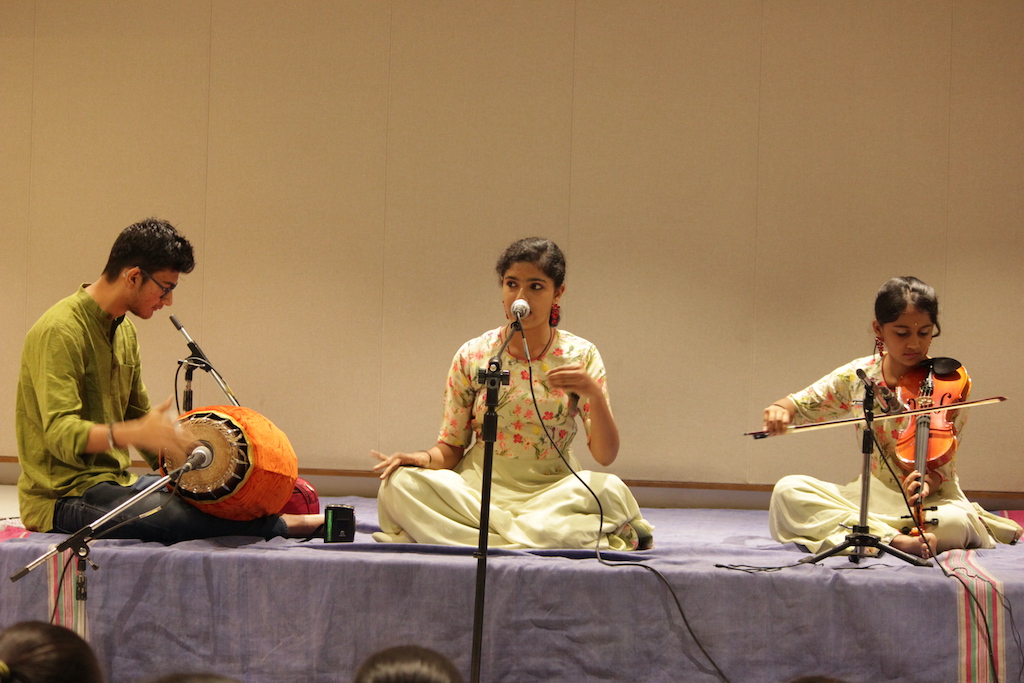Music Will Always Be Safe

I have started looking at the story of Subramaniam Academy of Performing Arts (SaPa) as a story in three parts, which I shall creatively refer to “normal”, the “new normal” and “what now?”. The last few years have taught us to be flexible and responsive more than anything else, and that to give our best to our students, we need to constantly unlearn, relearn, and upskill.
The Normal
As a musician and music educator, I’ve always felt that in person learning is critical especially when working with young children. At SaPa, almost all our students (age 1.5 to and up) have attended regular classes at our centre(s), except for a handful of students who lived in the US or Europe and would learn online but spend summers at SaPa. We’ve taken great care to design our centres, not as a place where transactions occur, come – learn – go, but more along the lines of your favourite aunt and uncle’s house. A place where you’d like to come, have a great time, see your friends, eat snacks, maybe finish a project or homework, and plan grand adventures. It’s not uncommon for SaPa to become a child’s community centre, a place where they find and build their tribes, their interests, and of course, they music and career pathways.
With this wholly immersive experience, we’ve had toddlers come in and watch their older siblings learn, absorbing and learning long before formal lessons begin. We’ve had kids enroll for a vocal class, and later be found also playing the mridangam because the class in the next room looked like a lot of fun. Some days, we’ve had teacher training, BA classes and student sessions all happening simultaneously, with Bach emanating from the piano room, Dikshitar kritis from the vocal room and rousing African folk songs from the terrace auditorium. This has led to an organic, inter disciplinarity which could never have been forced. Seeing a veena maker one day, a kora player the next and an opera singer the third has allowed young musicians to develop their own musical identities without concern for what genre or style they must stick too. As a result, we’ve got fantastic Carnatic violinists who can also write Top 40 pop songs, and Western classical pianists who sing Carnatic vocal with conviction. We’ve got a group of four girls who started learning (Carnatic vocal) together at age 3, and now, 8 years later, between them we’ve got four Carnatic vocalists, three Western contemporary vocalists, three pianists, two violinists, two ukulele players, a guitar player, and four songwriters.
Through our “in-schools” music program, SaPa in Schools, as well, we’ve placed a very strong emphasis on in-person learning, with a SaPa certified educator in the classroom. Music Educators not only have to be excellent musicians, but they must also be empathetic, kind, communicative, energetic, and willing to learn the pedagogy. Eye contact, circle time, demonstrations, interactions, all of these play a critical role not only in learning music, but in overall development of a child. At SaPa, we’re trying to create the next generation of musicians, but at SaPa in Schools, we are trying to use community music to create the next generation of global citizens with social emotional awareness and 21st century skills.
We’ve tried to build a meaningful ecosystem for music education as part of school curriculum, which includes teacher training, methodology, curriculum and learning materials (books, audio, and video), and assessments. Over the years, we’ve built this very involved program into something that reaches thirty thousand children in schools every day.
The New Normal
I’ll be honest here; we never saw it coming. In early 2020, our focus was on finishing the academic year, conducting assessments in schools, having workshops with musicians in schools, distributing certificates, and planning teacher training over the holidays. We had no idea that something that started circulating as a joke in very poor taste about eating bats would force us to stop, reexamine everything we believed and completely change the way we perceive and implement music education.
When schools indicated they were closing early as a precautionary measure, most children celebrated the idea of a longer summer holiday and continued discussing which summer camps they wanted to attend. When we were confronted with this reality, even though we thought it would be very temporary, we went into overdrive, trying to see what we could do.
The main question we asked ourselves is, how do we make online something other than a Plan B for when classes can’t be in person? With this uncertainty and the stress that everyone is facing, how can music provide solace, an outlet and community?

Our very small but incredibly brilliant Operations and Administrative Team worked round the clock to bring everything online and managed to have things ready to go in one weekend. We evaluated different online video conferencing solutions, trained teachers (many of whom were not familiar with online classes) and made materials available online. We also had some serious limitations to consider – teachers couldn’t physically correct posture or technique online, and students couldn’t unmute and sing or play together. Not everyone had good enough internet connections, and online attention spans are not comparable with offline ones.
When schools restarted online, we were ready for that too – different schools had different platforms – zoom, teams, google meet, Webex, and we had to be ready to work on all these platforms. Textbooks weren’t sent out, so material had to be made available online. We built our own Learning Management System to house materials and allow students to learn more effectively. We designed simple yet engaging musical games for students to play online, to reinforce the concepts, they learnt in class. We had teachers recording videos on their phones in their homes and sharing them for training. We encouraged students to compose and produce their own music, collaborating with classmates and friends in real time but different locations.

This “new normal” found a comfortable rhythm, and we’ve heard from many students and their parents that music was something that helped them get through the toughest times. We also saw enrolments for online classes from eighteen territories around the world, so our students became more diverse.
As things slowly got better, we began looking at opening physical centres again, and trying to decide what our new “New Normal” would look like. Would it make sense to go back to the way we were, or move forward with some sort of best practices approach?
What Now?
We still feel that there is some magic when teachers and students are together in the same physical space. There’s no denying that. However, there is also magic in being able to compose a song with a friend that’s far away.
As we open our centres, we celebrate the joy of a physical community, but we also want to preserve what we’ve learnt over the last two years. Hybrid models seem like they are here to stay. The other day, as I walked through our building and saw toddlers and their parents bonding over song, serious young musicians playing with focused concentration, educators in training practicing in front of mirrors and tweens giggling in the waiting area while composing a song on an iPad, I realized that whatever comes our way, the music will always be safe.





